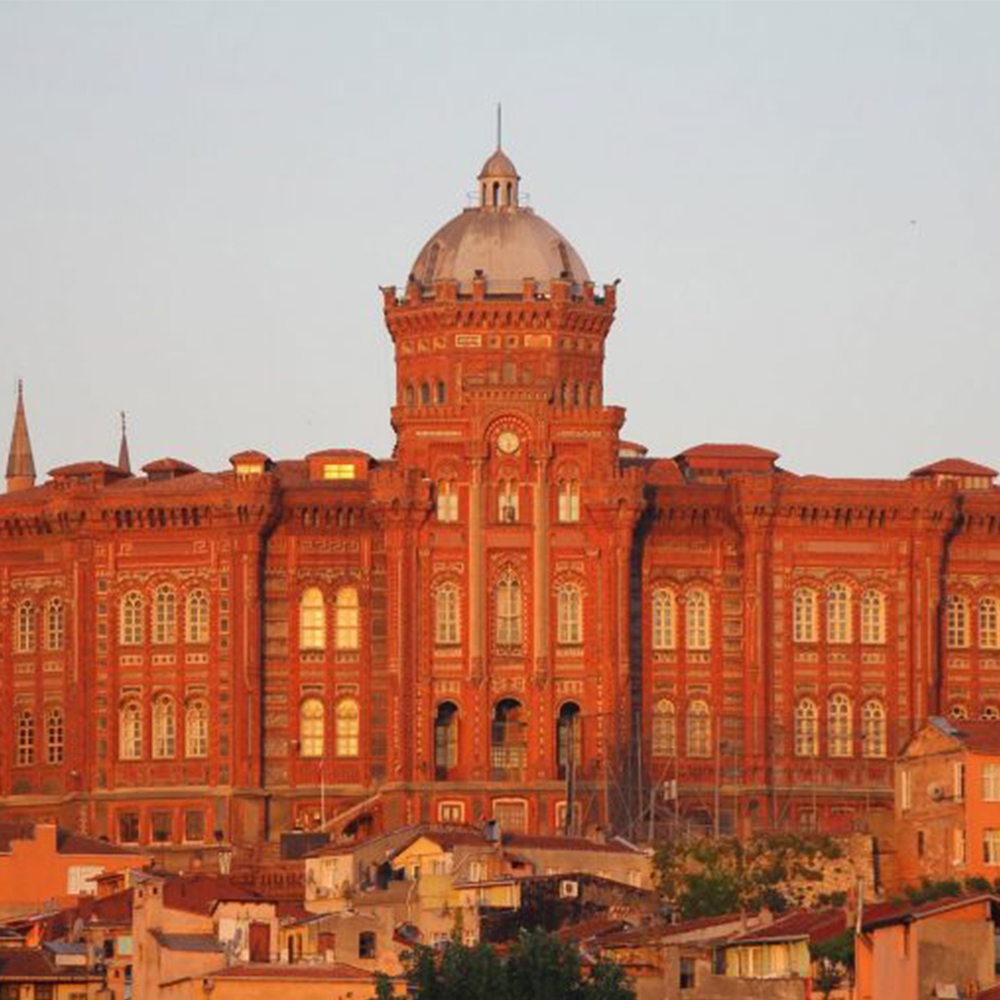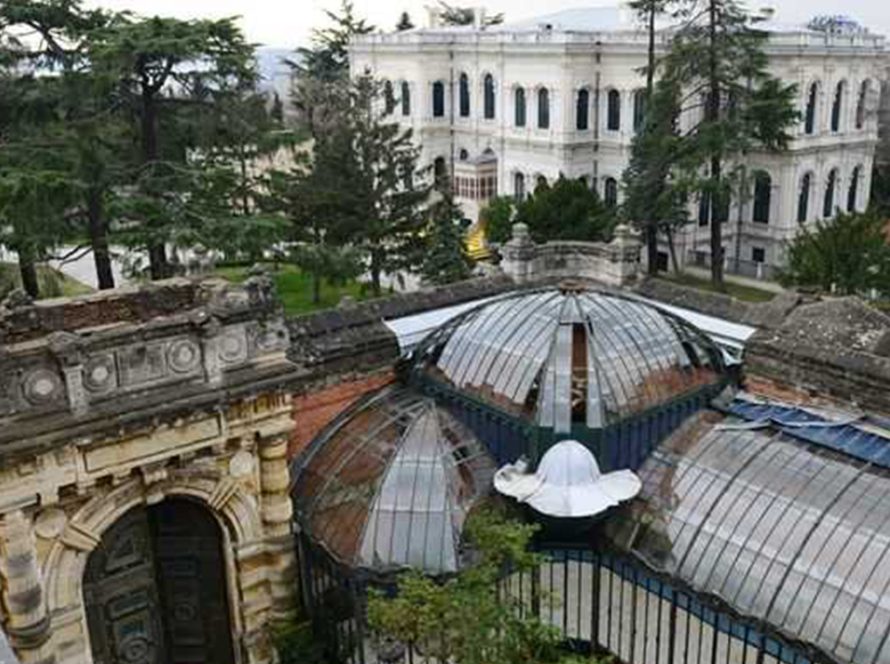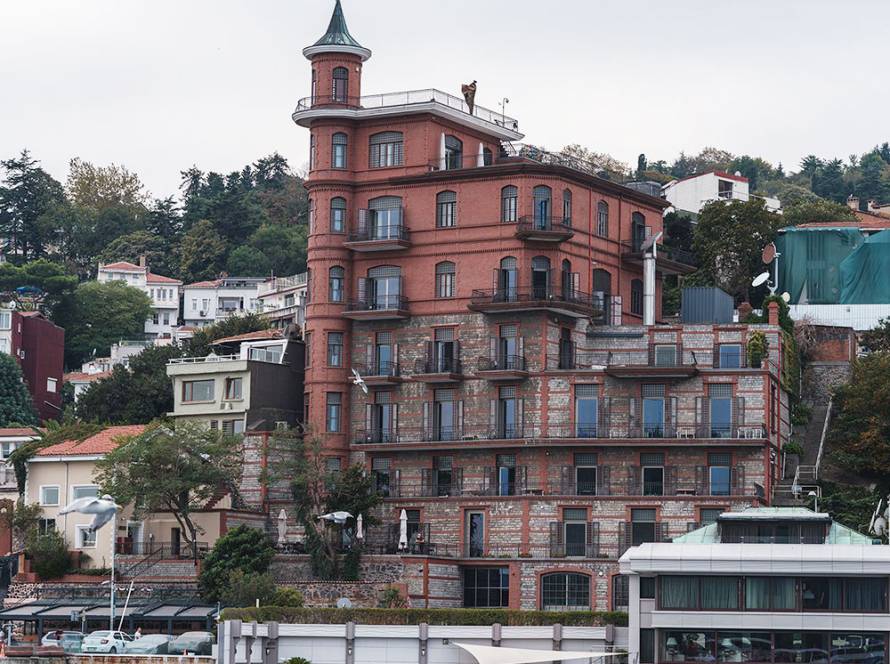Istanbul is a city that has embraced dozens of civilizations and emphasizes the richness of different religions and beliefs. The historical churches of Istanbul help us to better understand the cultural richness of the city.
Church of Panagia Evangelistria
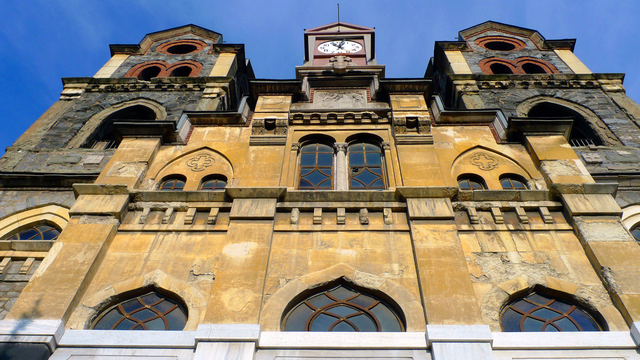 It is a Greek Orthodox church in the Dolapdere neighborhood of the Beyoğlu district of Istanbul. Started to be built in 1877, the building was opened for worship in 1893 after a six-year period. Next to the entrance of the church, there is the Theotokos Holy Spring located. The church building was registered as a second-degree urban conservation site on May 12, 1979.
It is a Greek Orthodox church in the Dolapdere neighborhood of the Beyoğlu district of Istanbul. Started to be built in 1877, the building was opened for worship in 1893 after a six-year period. Next to the entrance of the church, there is the Theotokos Holy Spring located. The church building was registered as a second-degree urban conservation site on May 12, 1979.
Etymology
The name of the church, consisting of the words Panagia, the Eastern Church’s name for Mary, and Evangelistria, symbolizing the myth of her bearing a child without marriage, means the Annunciation of Mary.
Architectural structure
The rectangular church, built in the Russian architectural style, was constructed using two-colored Maltese stone in the form of a Greek cross plan. There are two bell towers with pointed roofs on both sides of the building. The Russian bell in one of these towers, whose sound is considered special, was stolen in 2005.
Church of Saint Constantine, Church of Saint Helen
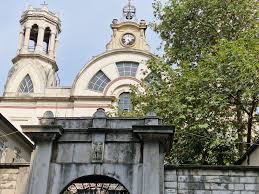
The church is located in Beyoğlu district of Istanbul.
Begun to be built on March 25, 1856, the building was opened for worship on April 9, 1861 with the blessing of Patriarch Iohakim II. The building was dedicated to the Eastern Roman Emperor Constantine and his mother Helena, who made Christianity the official religion of the state, and was named after them. Today, the church’s community and the number of Christian visitors has decreased.
Architectural structure
The church, with an eclectic style dominated by Baroque elements, has a plan that is a harmonious combination of basilica and Greek cross layouts. The semicircular inner apse on the eastern axis and the three semicircular apses on the eastern side protrude outward.
Clock tower
There are high bell towers on the west facade of the building and there is also a clock on a tower-like protrusion on the roof. The tower has an appearance that balances the bell tower on both sides of the building.
Church of Saint Menas
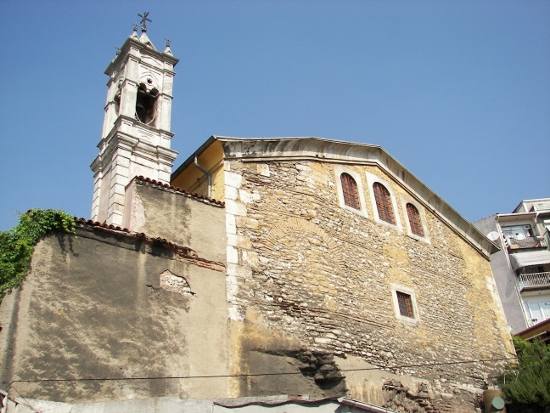
It is a Greek Orthodox church in the Samatya neighborhood of the Fatih district of Istanbul, Türkiye.
It was built in 1833 by architect Konstantis Yolasığmazis over the Early Christian Martyrium of Saint Polycarp, which was constructed in the 4th or 5th century.
Church of Hagia Irene
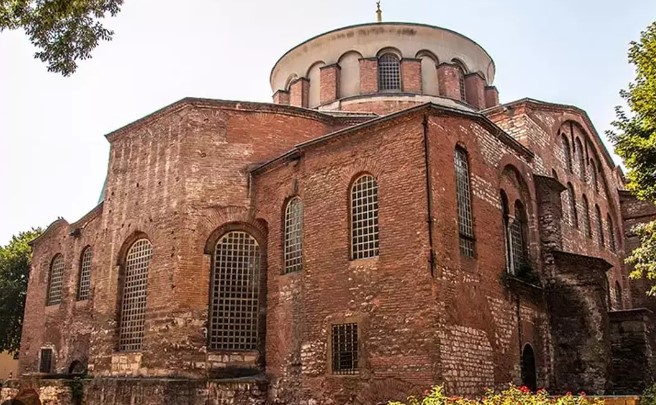 Hagia Irene Church, which also hosts exclusive concerts thanks to its exceptional ambient acoustics.
Hagia Irene Church, which also hosts exclusive concerts thanks to its exceptional ambient acoustics.
Hagia Irene is the church in Istanbul that has undergone the least change since the Byzantine period. Hagia Irene, which became a part of Topkapi Palace, was used in different functions throughout Ottoman history, from an armory to a museum. Constructed as the first church of Byzantium, its history dates back to the 4th century. However, the church truly attained its identity after the fire in 532. The Eastern Roman Emperor Justinian rebuilt the damaged church in 548. Hagia Irene also holds a significant place as the only Byzantine church with a courtyard that has survived until today. In this striking space, the large cross on the gold-gilded mosaic adds extraordinary aesthetic value to it. The building, which was not converted into a mosque because it was in the palace courtyard, used by the janissaries as an armory and was once housed the first military museum, can be visited as a museum today. Due to its exceptional acoustics, it also hosts exclusive concerts.
Bulgarian St. Stephen Church
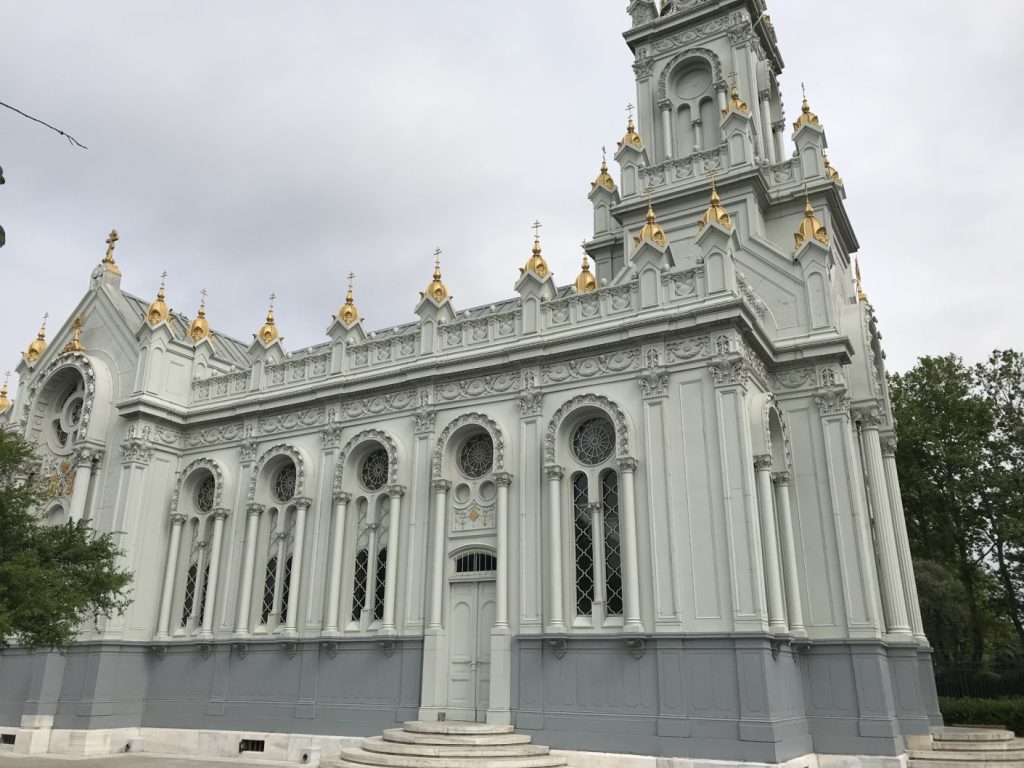 The Bulgarian St. Stephen Church in Istanbul fascinates visitors with its astonishing exterior decorations.
The Bulgarian St. Stephen Church in Istanbul fascinates visitors with its astonishing exterior decorations.
It is one of the most magnificent churches in Istanbul with its location overlooking the Golden Horn. The cast-iron walls of the church were prepared in Vienna and the construction was completed within a month, making it one of the first prefabricated buildings in the city. The wooden house on the land owned by Prince Stefan Bogoridi was converted into Bulgarian St. Stephen Church in 1898. The church was consecrated on October 9, 1849, with a Slavonic rite. After the wooden church burned down, St. Stephen Church was built of iron to prevent the structure from being damaged again, and thus one of the most elegant architectural structures of Istanbul was opened in 1898 and introduced to the Golden Horn. This magnificent church, which was built using 500 tons of iron and 4 million silver plates brought by ship from Vienna, bears the signature of the famous architect of the period, Hovsep Aznavour. St. Stephen Church, consecrated by Archpriest Yosif and opened for worship on September 8, 1898, is described by Bulgarians as “a pearl on the crown of Istanbul” and is also known as the Bulgarian Church. The church, whose restoration was completed in 2018, continues to fascinate its visitors with its impressive exterior decorations. After the restoration was completed, the church was reopened for worship.
Church of Panagia Hançeriotissa
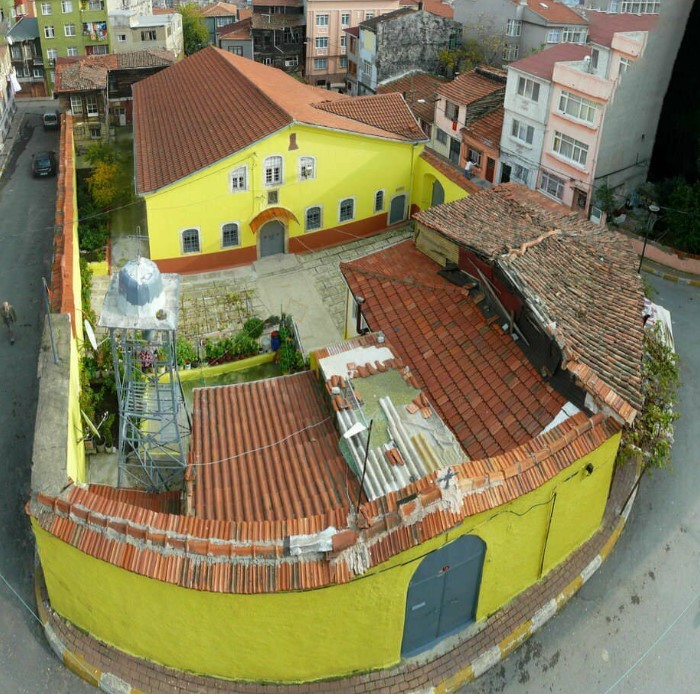
It is a Greek Orthodox church in Edirnekapı in the Fatih district of Istanbul, Türkiye.
Built in 1836 by Kosta Kalfa, the church is surrounded by high walls and has an iron bell tower in its courtyard.
Church of the Presentation of the Virgin (Panagia Isodion)
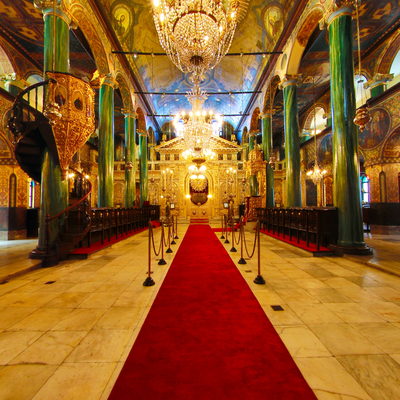
It is a Greek Orthodox church in Galatasaray in the Beyoğlu district of Istanbul, Türkiye.
The church, built in 1804, was expanded in 1831 with the permission of Sultan Mahmut II and the bell tower was built in 1837.
Holy Trinity (Hagia Triada) Greek Orthodox Church
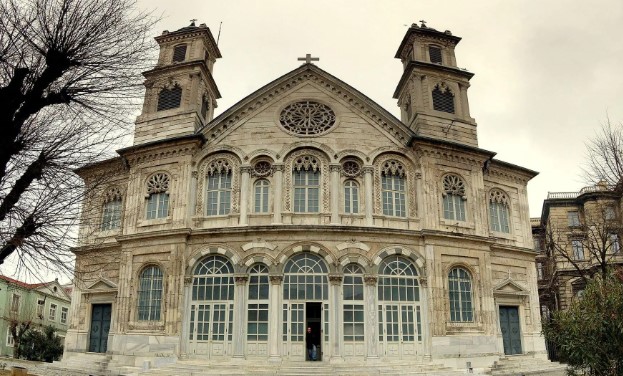
Holy Trinity (Hagia Triada) Greek Orthodox Church, one of the symbols of Beyoğlu with its eye-catching architecture and peaceful garden. The building, which is the biggest Greek Orthodox church in Istanbul, draws attention with its architecture. One of Taksim’s hidden architectural treasures, Holy Trinity (Hagia Triada) Church is known for its stunning architecture and peaceful garden. Located at the intersection of Taksim’s famous İstiklal and Sıraselviler streets, Holy Trinity (Hagia Triada) Greek Orthodox Church is one of the symbols of Beyoğlu. Unlike the tradition in Eastern Christianity of naming churches after saints, this church is named after the Holy Trinity in Greek. The most significant feature that distinguishes Holy Trinity (Hagia Triada) from the churches built before is its elegant dome, designed in the Byzantine architectural style. This notable section was built after the lifting of the dome construction prohibition that applied to the worshipping places for minorities during the Ottoman period. According to the inscription found in the narthex of the structure (the area separated from the courtyard by columns or walls in Byzantine churches), the building, which was started by Potessaro, was completed by Vassilaki Ioannidis and opened for worship on September 14, 1880. However, according to some sources, the construction of the church was completed by the architect Patroklos Kampanaki. The church, whose outlines are formed by Byzantine architecture and modern architecture, has many eye-catching details belonging to neogothic and neoclassical movements and medieval architecture. After visiting Hagia Triada, you can relax in its garden and enjoy its magical view and peaceful atmosphere.
Church of St. Peter and St. Paul
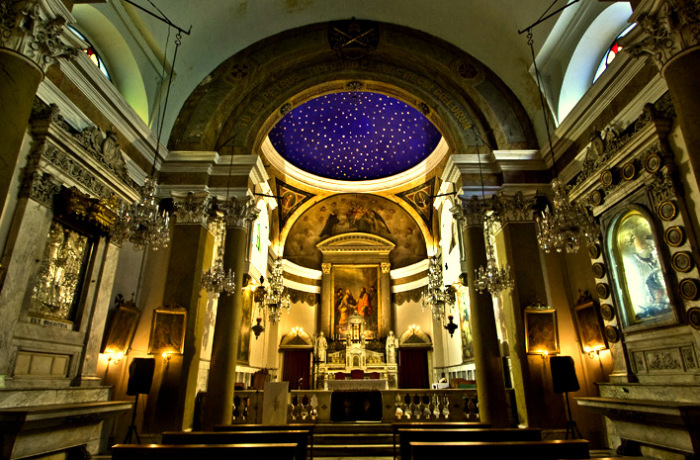
St. Peter and St. Paul Church in Galata, where the icon of the Virgin Hodegetria is located.
The church housing the icon of the Virgin Hodegetria, which has survived despite many fires. The church, with its sky-blue dome and golden gilded decorations, serves Italians and Maltese. After their first church in Galata was converted into a mosque and their newly built church was destroyed by fire, the Dominican priests set out to build a stronger and more durable church. They gave this task to Gaspare Fossati, the famous architect who also did the restoration of Hagia Sophia. Completed in 1843 by the Swiss architect Fossati, the neoclassical St. Pierre and St. Paul Church measures 35 meters in length and 14 meters in height. The building, whose front facade does not face the street due to the laws in force at the time, has a very simple entrance. The church, which serves Italians and Maltese, was built next to the Genoese fortifications. There is also a monastery building next to the church, which served as an Italian Elementary School until the 1950s. We recommend you to visit this church, which is one of the rare structures that have survived to the present day and reflects the medieval influences, by feeling the magnificent atmosphere of Galata.
St. Anthony of Padua Church
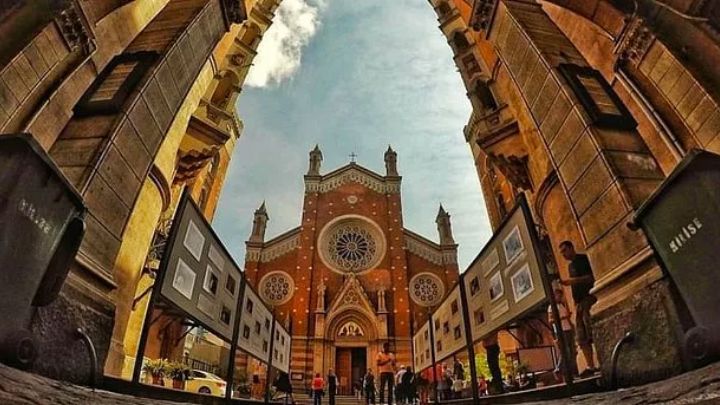
St. Anthony of Padua Church, which hosted a ritual presided by Pope Paul VI in 1967.
The church, which brings Christendom together on important days, is also a popular destination for tourists. One of the remarkable buildings on Istiklal Street, it is one of the churches which has the largest congregation in Istanbul. The history of the church dates back to the 13th century. After settling in Istanbul, the members of the Christian Franciscan sect relocated several times over time due to political changes and fires. Finally, in 1724, they built a church in Pera and settled in the area. The church, which was mostly attended by Latin Catholics, was demolished for the new tram line that was built at that time. Therefore, the search for a site for the new church began and it was decided to build the church where it stands today. Started in 1906, the construction was interrupted due to financial constraints and could only be completed in 1912. Designed by architect Mongeri, the church hosted the first religious ritual led by a pope (Pope Paul VI) on Turkish territory in 1967. Being the largest church in Istanbul, St. Anthony of Padua Church is the most popular spot in Istanbul during Christian religious holidays.
Ecumenical Patriarchate of Constantinople
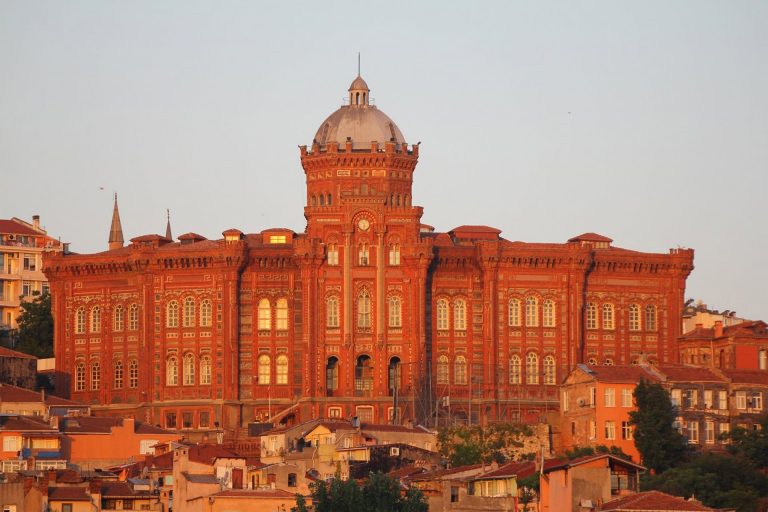
Ecumenical Patriarchate of Constantinople, the symbolic leader of the Greek Orthodox world, is one of the most important religious institutions in Istanbul.
The patriarchate, seen as the representative of Orthodox Christians, is located in Balat. One of the most important religious buildings in Istanbul, Ecumenical Patriarchate of Constantinople is considered the symbolic leader of the Greek Orthodox world. When Emperor Constantine moved the capital of the Roman Empire to Constantinople, Constantinople (Istanbul) became of vital importance to Christians. Constantine aimed to increase his political power by granting patriarchate and ecumenical status to the Episcopate of Constantinople. This caused a conflict between Christians in the east and west. After the conquest, Mehmet the Conqueror ensured the continuation of the patriarchate and that the authority leading the Christians of Eastern Europe was under his control. The Patriarchate, a structure of great significance for the Christian world, was moved to the St. George’s Cathedral, which had previously been used as a monastery, in 1602. The interior decorations of the patriarchate, which has a simple architecture, attract attention.
Book a flight to Istanbul to visit the historical churches of Istanbul, one of the cities that best expresses the synthesis of the East and the West.
Source: Wikipedia


